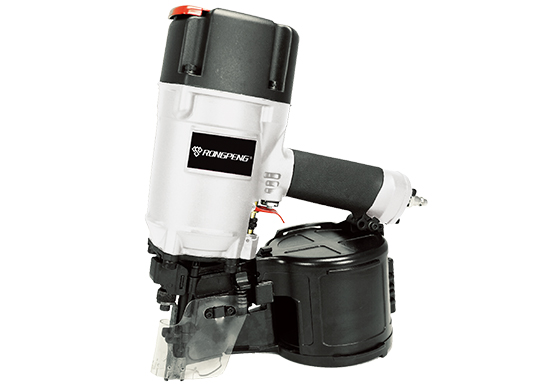

In the work site, the coil nail gun is omnipotent, but the stick nail gun cannot. So why should you choose one? Let's take a closer look.
There are two styles of frame nail gun: coil and stick
The nail coiler has an adjustable barrel that can hold a roll of nails-up to 200 frame nails or 300 sheath nails at a time-at a 15-degree angle and passed through two thin wires welded to the nail shank String together. These tools can fire many nails between reloads. Their compact size provides some accessibility advantages. But a fully loaded coil nail gun can be heavy and awkward, especially for high-altitude operations.
Nail machines are not as popular as bar nail machines, but they do have a strong foothold in random pockets in the Northeast and across the country, such as Louisiana, Missouri, and Texas. Although it has a small market share in the United States, this is what the rest of the world thinks of a frame nailer.
When using the nail machine, you need to pay attention to the angle and arrangement of the nails to ensure that they are suitable for the tool you use (unlike the nail machine, they all use the same type of nails). The nailing machine has a long magazine that can hold two nails, and each nail can hold 25 to 40 nails. The nails are arranged at an angle so that the head of each nail is nested above the head of the nail in front of it. A typical nailing machine is designed to accept one of three types of nails:
Plastic finishing nail gun is suitable for round head nails with an angle between 20 and 22 degrees
Wire welding finishing nail gun will use 28 or 30 degree plastic or paper tape nails
The paper finishing nail gun will accept wooden sticks with an angle between 30 or 35 degrees, usually referred to as 30-degree nails for short
Remember that regional preferences, and sometimes even building codes, will determine which nails and which nails are common in your area. If you are buying nail guns through the Internet, remember this is especially important.